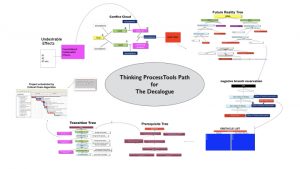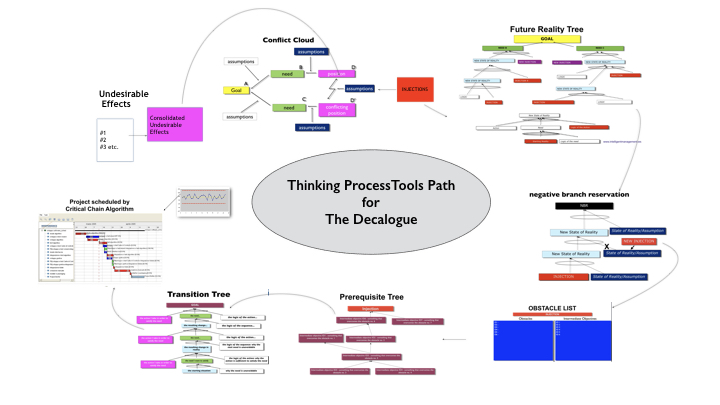
“The only thing that does not require maintenance is obsolescence”, as Dr. W. Edwards Deming used to say. This is a fundamental truth: if we do not evolve, we regress. What makes everything more complicated is the pace at which we must evolve to survive.
Technology speeds everything up, including the world of technology. We’ve been looking at the evolving world of the CIO and digital transformation. This involves transformation of business activities, processes, competencies and models to fully leverage the changes and opportunities of digital technologies. It’s time to look at how to manage the process of change in a systemic way. Change may seem threatening until we understand that change management can be planned, shared, transparent and monitored for improvement. That is systemic change.
How can we achieve that? The Deming cycle of Plan, Do, Study, Act is an ongoing process of improvement and innovation that any organization needs to embrace to face complexity and remain competitive. The Thinking Processes from the Theory of Constraints provide a solid, systemic analysis and roadmap of what to change, what to change to, and how to make the change happen.
Why Change? Because our reality hurts and we need to something about it
When our reality is biting us, it’s a signal that we need to do something. The cycle of Thinking Processes we use with the Decalogue approach to govern the process of change starts by listing the things that are hurting. In the Theory of Constraints these ‘symptoms’ are called Undesirable Effects (UDEs). We may have no desire to change, but the UDEs are a prompt that make us aware of a need to change. The Undesirable Effects we experience are the result of the network of relations we are part of and that naturally evolve, whether we like it or not. In network theory these would be referred to as ’emergent properties.’
Thinking Cause and Effect
Though some people may try, it is ineffective to adopt a ‘whack-a-mole’ attitude to cope with our Undesirable Effects one at a time. The reason for this is that each Undesirable Effect is interconnected as a symptom of an underlying root cause. Whether we can do something about the root cause or not, we need to change because that root cause may in time severely limit our ability to achieve goals that are critical for us. That root cause is what is blocking us from achieving more towards our goal. It becomes our constraint, and as Dr. Goldratt used to say, you can ignore the constraint, but it won’t ignore you. We need to learn to understand cause and effect, i.e. to recognize the effects we experience, and link them to their cause.
The need for systemic intelligence to cope with change
Goldratt created the Thinking Processes to fortify in people the ability to reason cause-and-effect. This is a daunting task because our mind simply does not work that way. In our daily lives, most of the time we “re-act” instead of acting and we very rarely understand the full spectrum of the consequences of our “re-actions”. But change is something that can be achieved. We just need to understand that it is a process, and that process goes through various phases, or levels of resistance.

Schedule an introductory call with us
Intelligent Management, founded by Dr. Domenico Lepore, are trusted advisors to leaders of organizations with their unique Network of Projects organization design. We blog about how to shift your thinking towards broader, systemic possibilities for yourself and your organization. Sign up to our blog here. Intelligent Management provides education and training on systemic management, W. Edwards Deming’s management philosophy and the Theory of Constraints (Decalogue methodology) in North America and Europe.
See our new books The Human Constraint – a business novel that has sold in 27 countries so far and ‘Quality, Involvement, Flow: The Systemic Organization’ from CRC Press, New York, by Dr. Domenico Lepore, Dr. .Angela Montgomery and Dr. Giovanni Siepe.





Leave a Reply